
The tallest medieval tower in the vicinity of Brasov, cute cats on the stairs and walls, stone corridors to explore and many interesting rooms to visit. Harman fortress is located 10 km from Brasov, where you can spend an hour and a half. What does the history of the place tell? Why should you go there? Why such a thought to sit under the old bell?
Lovely cats with a “bulletin” from Harman
Hărman is Honigsberg in German (“honey mountain”) and the fortress is located on a small plateau in Șara Bârsei, 20 minutes from Brasov. Lempesh Hill, now a great place for excursions, used to have many beehives. There are also buses between Brasov and Harman, and there are also trains, but the train station is 2 km from the citadel.
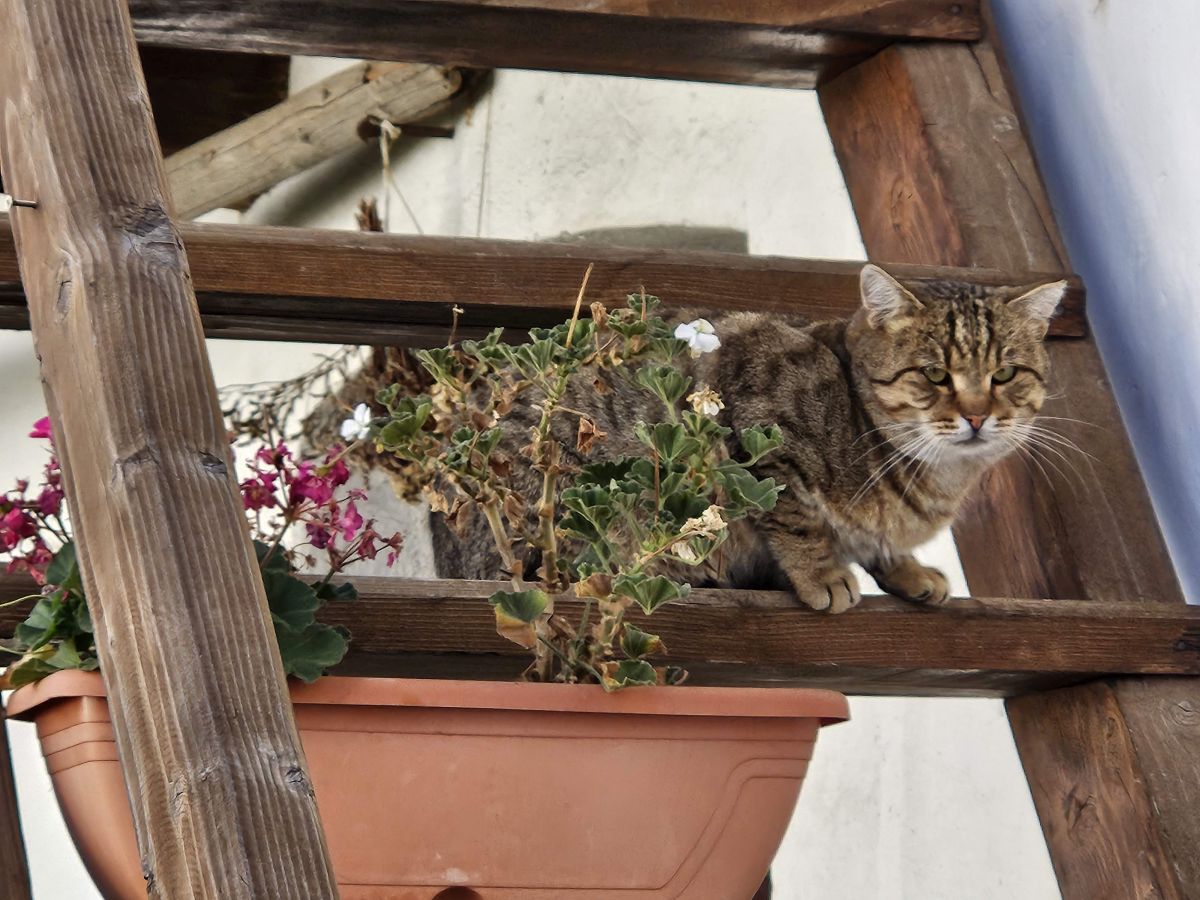
The settlement is one of the few founded by the Saxons, who began to establish small settlements in the area after 1200.
- “You met the giant from Șara Bârsei, go back to position 1” – visiting the wonderful revived citadel near Brasov
When I was in the fortress, it was full of cats playing near the entrance to the courtyard, napping on the wooden stairs and hiding in various nooks and crannies. About 20 cats received “reports” from Honigsberg on my two visits in October, when the weather was much warmer. The Ottomans didn’t conquer the citadel 500 years ago like other invaders, but the cats did in 2023, peacefully!
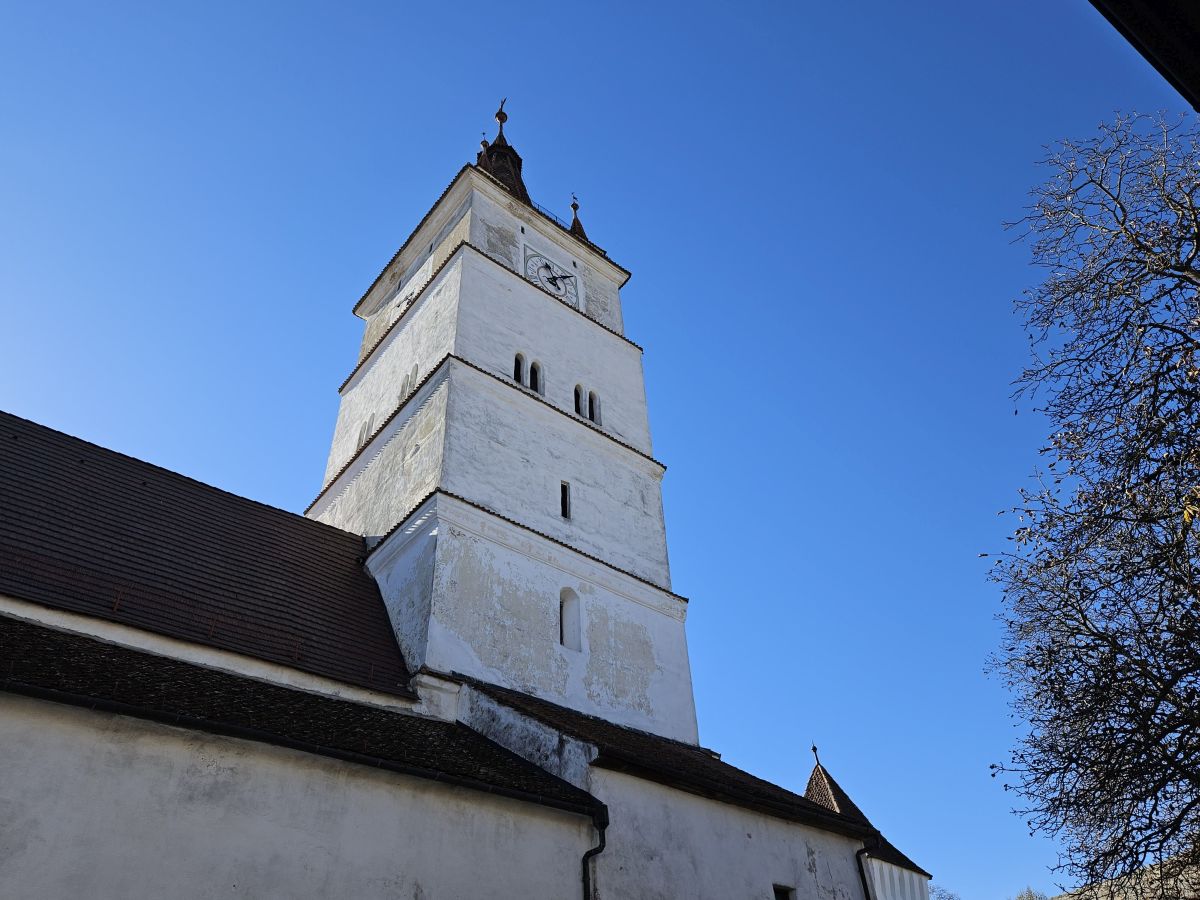
In the fortress in Harman, you can climb the highest medieval tower, Șara Bârsei, a 56-meter tower where you can climb several levels, all the way to the very top, the fifth floor. There you can see and especially hear the bell, which rings loudly and melodiously, especially if you happen to be near it on Saturday at 3 pm (when it rings longer, after two minutes). The feel is unique and worth hearing if your ears “hold”. If you are sensitive to loud noises, avoid climbing the tower at certain times. The experience from the Bell Tower (Glockenturm, in German) is special, as is the view, because you can see in the distance, many kilometers in the area, to Lempesh Hill and the expanses of “Burzenland”.
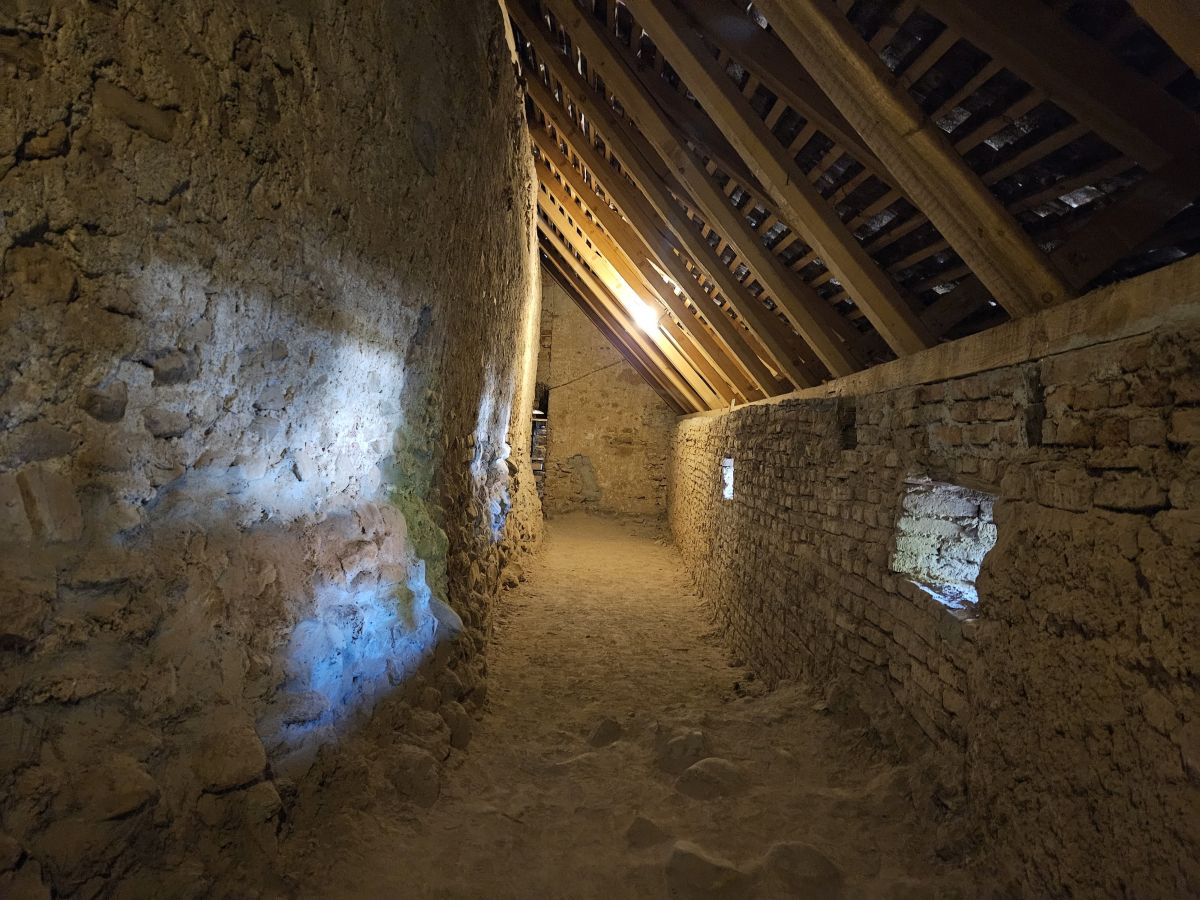
The tower rests on four massive pillars and has two towers on the sides with stairs that give access to the first two floors of the great church tower. You will reach the top by a wooden staircase, and on the way down, near the end, there is a steep and fascinating stone staircase.
The threshing floor is also special in that part of the barns, which were once used not only as a warehouse, but also as a shelter for the peasants, are attached to the wall of the church. These “granaries” were used as living rooms during the siege, and during peacetime, each family stored various products and other things in them. They were used until about 1850, and now several small rooms have been created as museum rooms with agricultural tools, household objects and typical Saxon interiors.
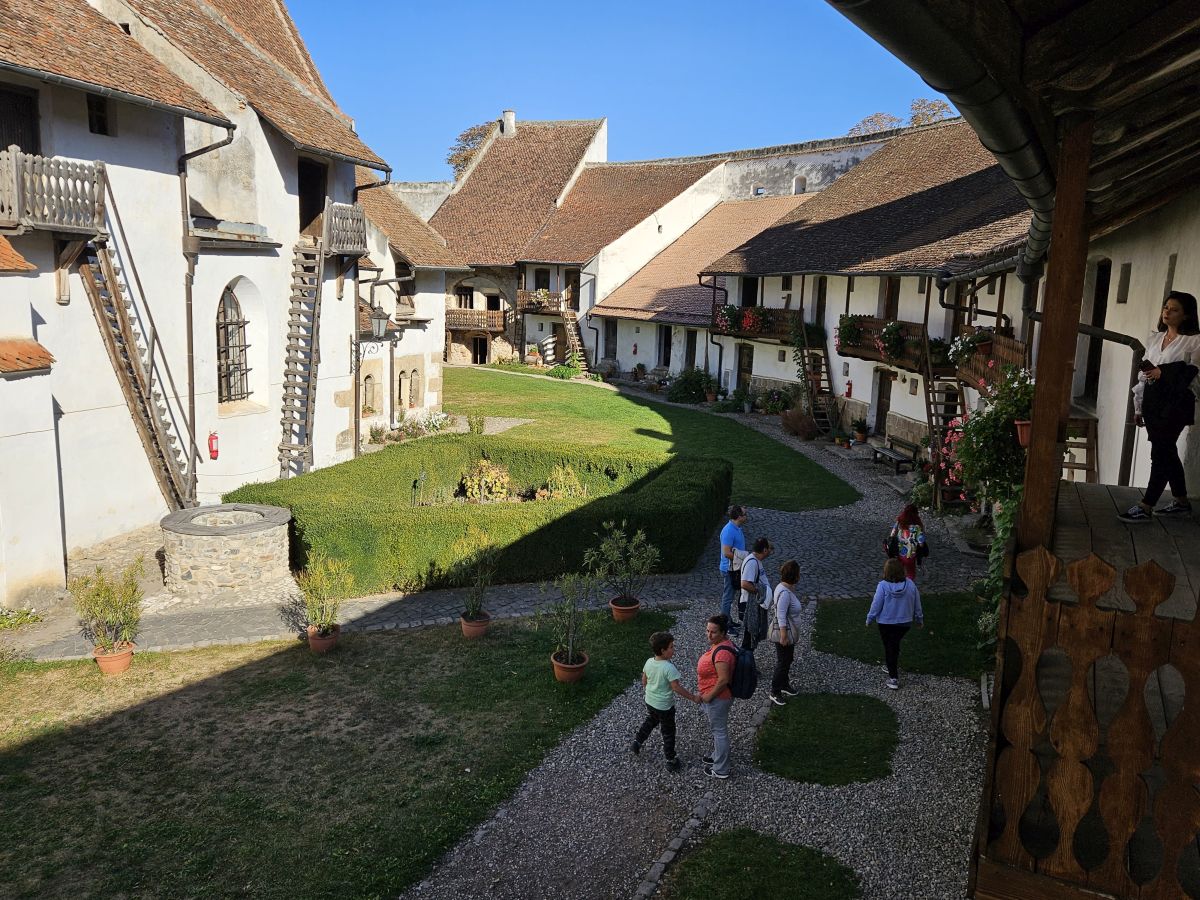
You can also visit a classroom with benches and various “didactic” objects from 100 years ago. It must be said that more than 400 years ago there was a classroom in the fortress, and when the fortress was captured, going to school did not stop.
How the “honey mountain” settlement was born.
Germanul was probably founded sometime between 1211 and 1225, when the area was ruled by the Teutonic Knights, who were expelled by the Hungarian king in 1225. You can read more about the Teutons here, in an article about another great place, Feldioar. It is estimated that the population of Transylvania was approximately 400,000 in 1200 and that it increased to 500,000 in 1240, after which it declined due to the Mongol invasion.

In 1240, Harman is mentioned in documents under the Latin name “montem mellis” (mountain of honey), in a document by which the Hungarian king granted the Cistercians the patronage of several churches in Transylvania, including Harman. Huntschprich is a place name in the Saxon dialect.
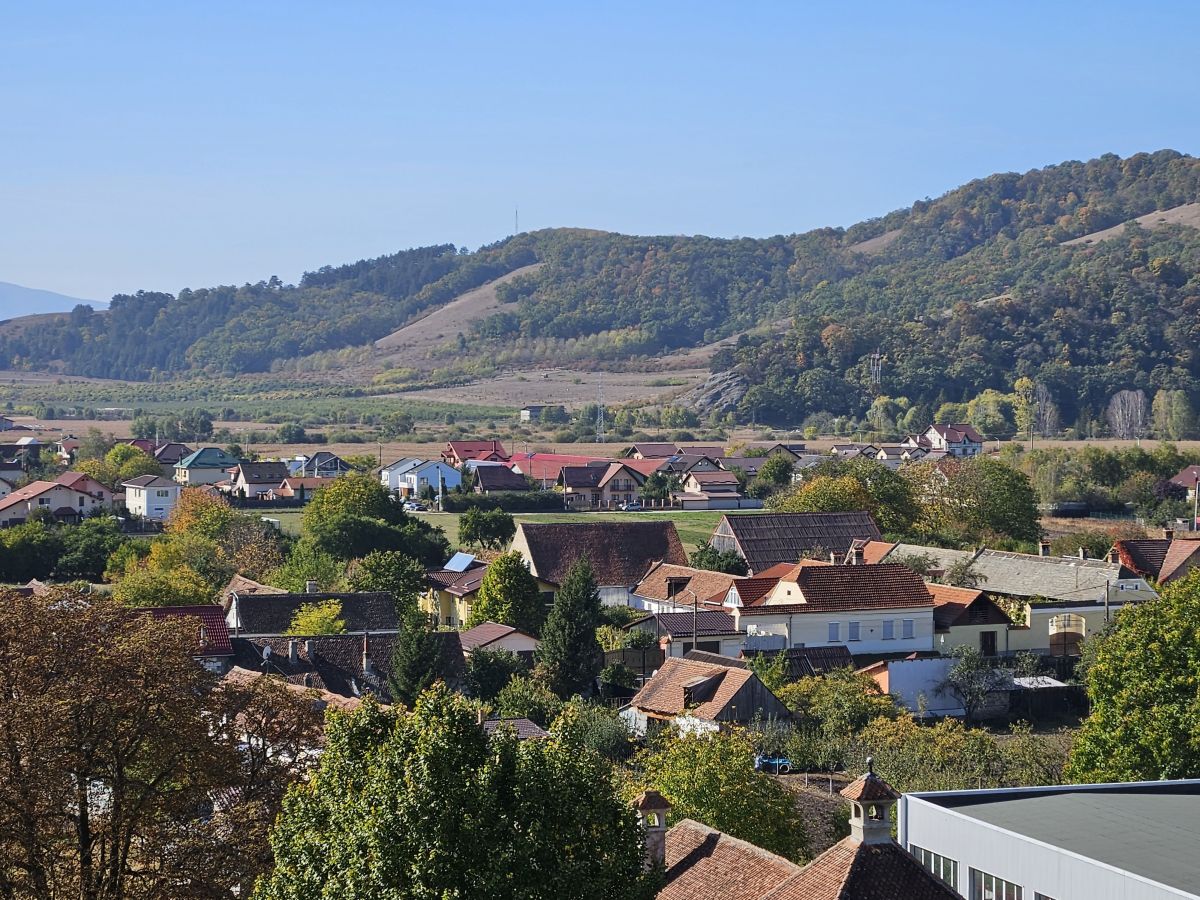
The church in the fortress began to be built after 1250, at first it was small and unfortified, and it was a Romanesque basilica that did not have a clear plan from the beginning, as changes were made already during construction. By 1250 the situation was so turbulent and uncertain, especially when the Mongol invasion was so fresh in the minds of the local inhabitants, that no one had the courage to make long-term plans.
The bell tower was completed around 1300 with Gothic architectural elements. Churches were extremely important to the Saxons, and they began to be built immediately after the arrival of German settlers in Transylvania. People lived in modest houses, but building a church was a priority, and the community could not be imagined without a place of worship. “God’s house” was much more important than “man’s house”.
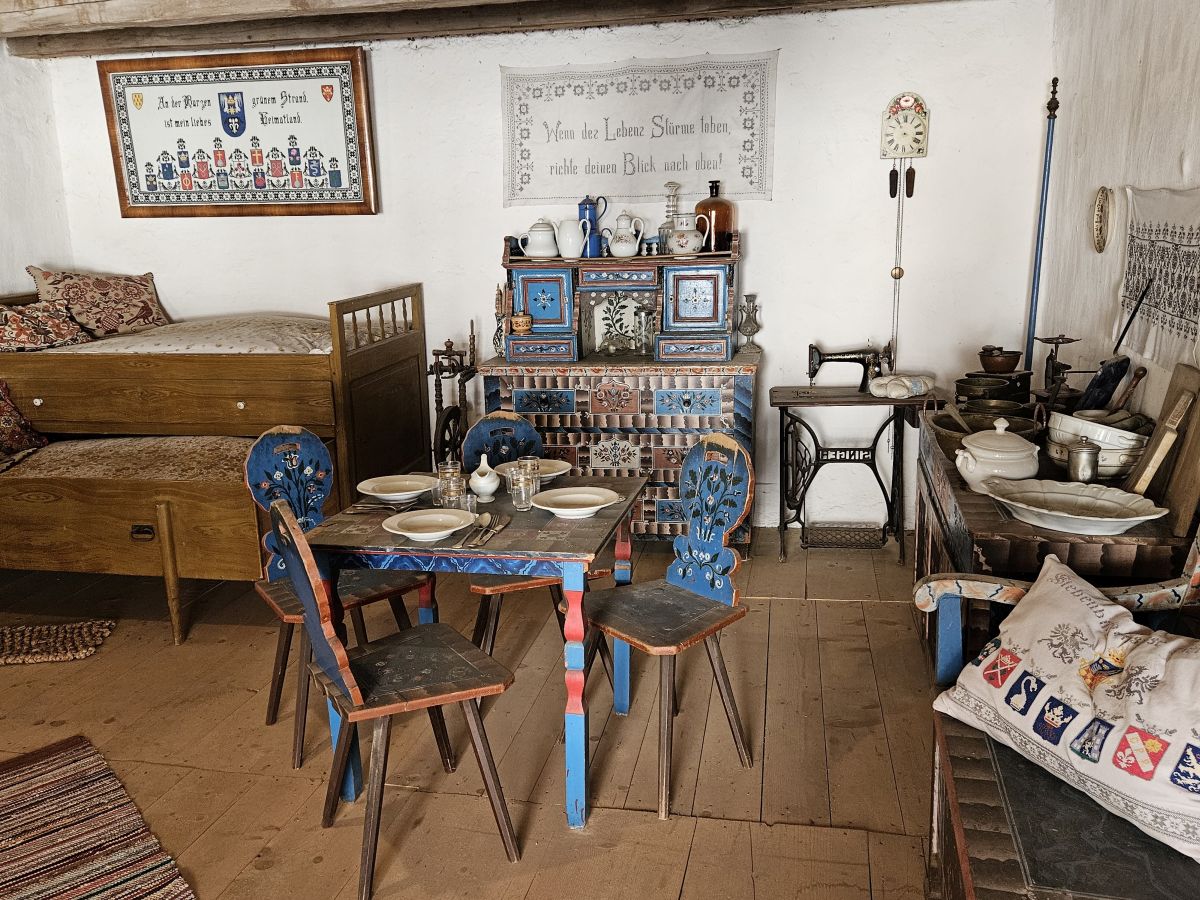
Due to frequent invasions, the inhabitants of Harman decided after 1400 that fortifications had to be built, and around 1650 the citadel took on the shape it has today, when it is one of the most beautiful Saxon citadels in the country.
More than 400 years ago, serious fortifications were built in Harman: seven defensive towers, round walls, defensive gates, a moat with water surrounding the fortress (3-4 meters deep), as well as a drawbridge.
High walls that can be walked on even today
Between 1285 and 1345, the Tatars carried out several destructive expeditions in Shara-Barsei, and the medieval period, until about 1650, was difficult, as invasions or marauding campaigns could occur once every 10-15 years, so that in a century of settlement there could be several was destroyed several times. Walls were needed, but not every settlement had the financial ability to build fortifications, and these structures cost a lot of money. However, Humno was a prosperous settlement.

After 1450, the inhabitants of Honigsberg began to strengthen the existing walls in the churchyard. turning them into the main round wall 10-12 meters high. The wall surrounded the courtyard, where 800 people could hide.
This circular wall had a section at the top where you can still walk today: it is a “guard road”, a covered “path” built as a recess in the thickness of the wall. The guard road was accessed by steep wooden stairs, which were located in narrow recesses. Outside the guard road, you can still see the holes through which the defenders of the fortress threw projectiles or molten resin. The guard road surrounded the entire yard, but a part of the ring wall collapsed in 1801, and two years later it was rebuilt, but without the pedestrian bridge, because it was no longer needed.
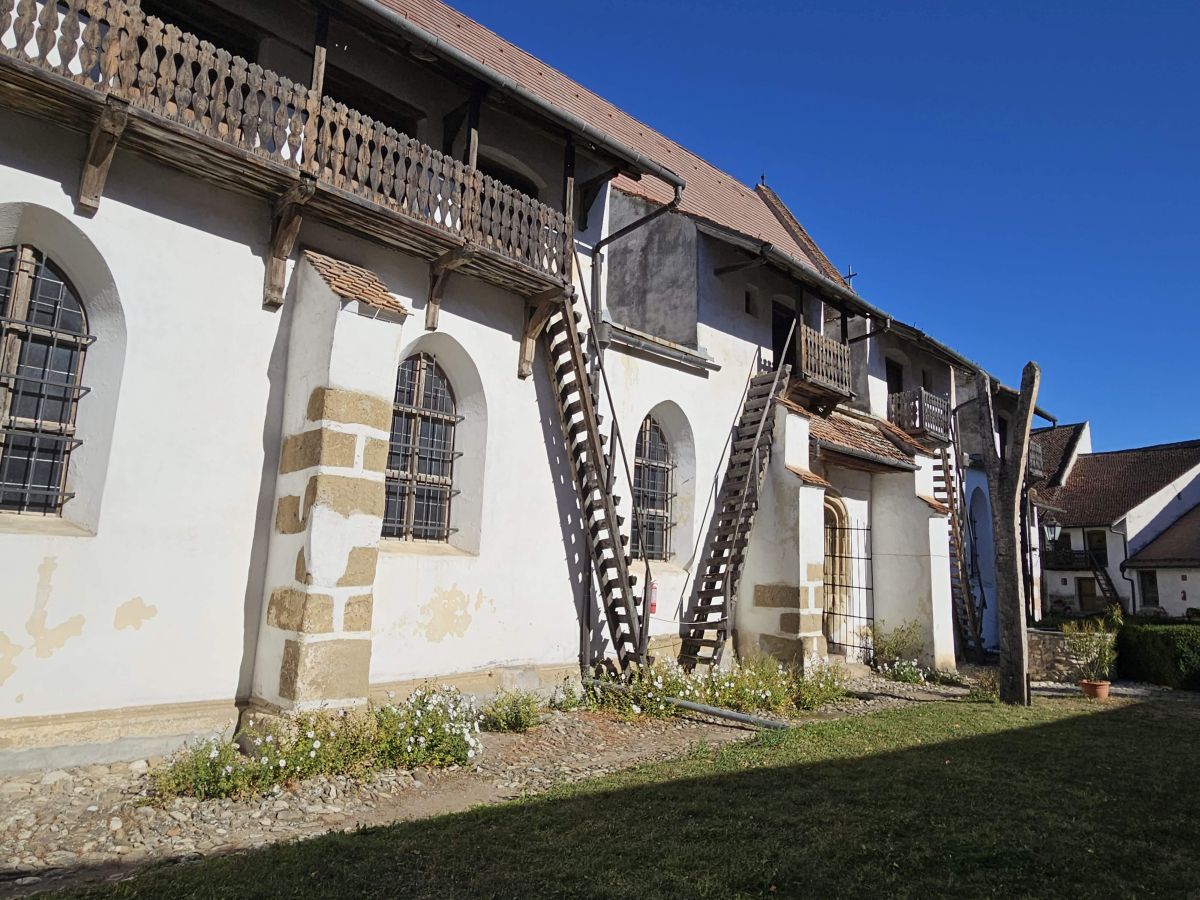
The guard road connected the defense towers, which had several floors separated by beam ceilings. It was possible to get to individual floors with the help of movable wooden stairs.
Fires and sieges several times a century
A few years before 1600, the fortress suffered from a fire, and the church suffered considerable destruction. In 1595, the citadel church took on mostly the form we see today, after a new roof was fitted and a late Gothic vault was added.
One of the darkest periods in the history of the fortress was the year 1612, when Prince Gabriel Báthory, setting out on a campaign against the Saxons, besieged the fortress with a 7,000-strong army, but the inhabitants were not left idle. When Bathory attacked the fortress in 1612, and the besieged suffered from severe hunger and lack of provisions, writes local chronicler Joseph Teich, the inhabitants of the fortress came up with a trick so that the attackers did not learn about their great suffering and did not try to escape and blockade.
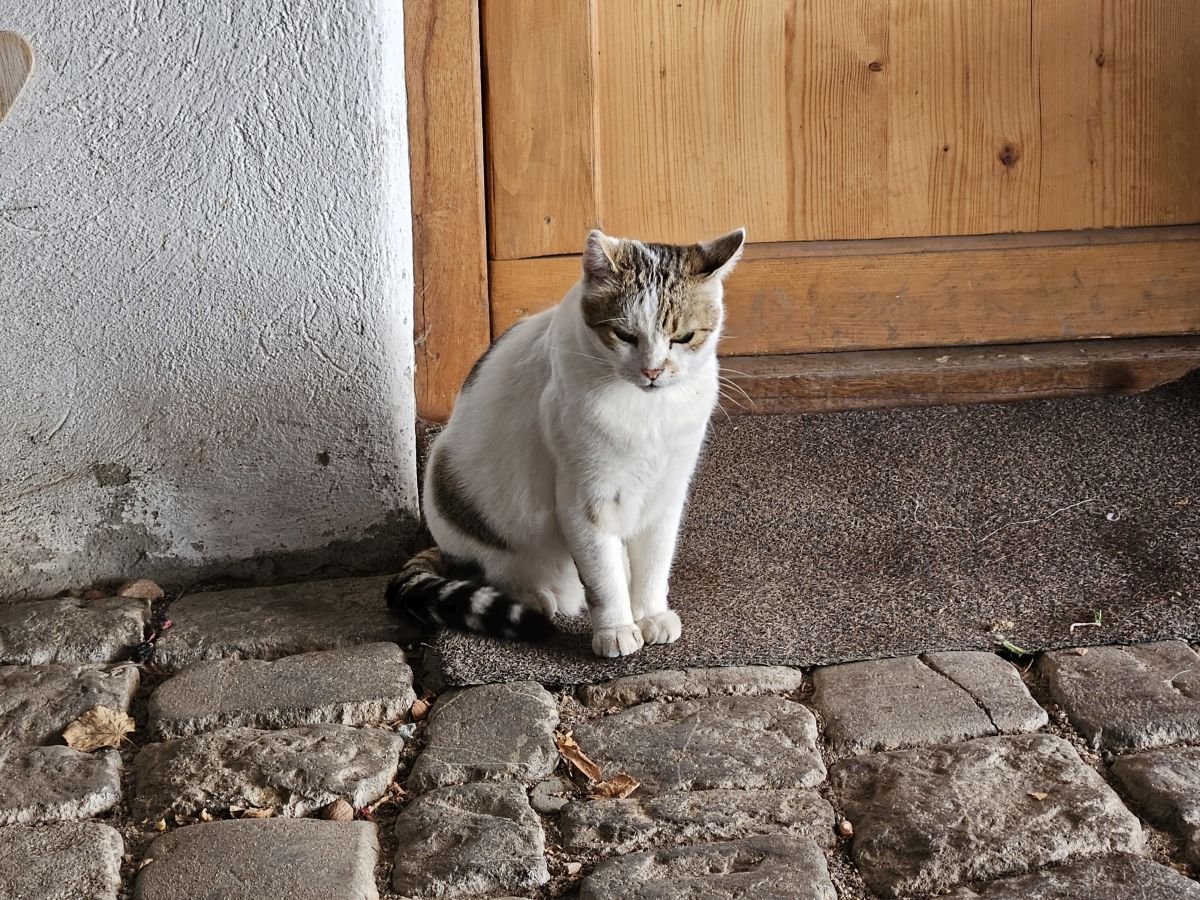
Usually a siege lasted several days, but the siege of 1612 was unusually long.
What did they do? They took the last remaining grains of wheat and made cakes (kolatchen) which were thrown over the walls of the bastions. Men hung live pigs and goats in plain sight. still “confused”.
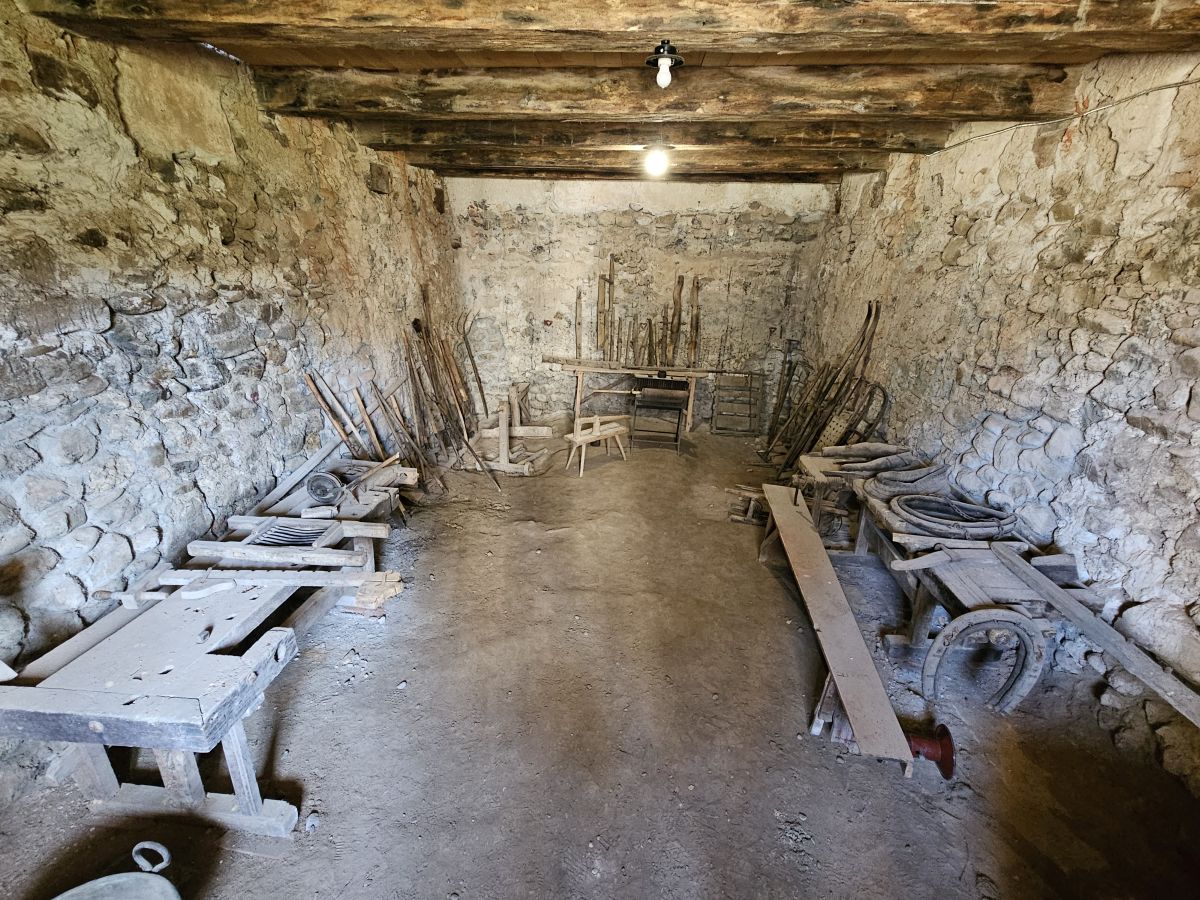
This ruse had the desired effect and made the enemy believe that the besieged Garmans still had sufficient supplies. Legend has it that the soldiers of Bathory, disheartened, lifted the siege. It is also said that as a sign of recognition, the Brasov council gave the residents of Harman the right to sell pies in Brasov every Friday without paying taxes. Bakers and merchants from Harman would enjoy this privilege for 200 years.
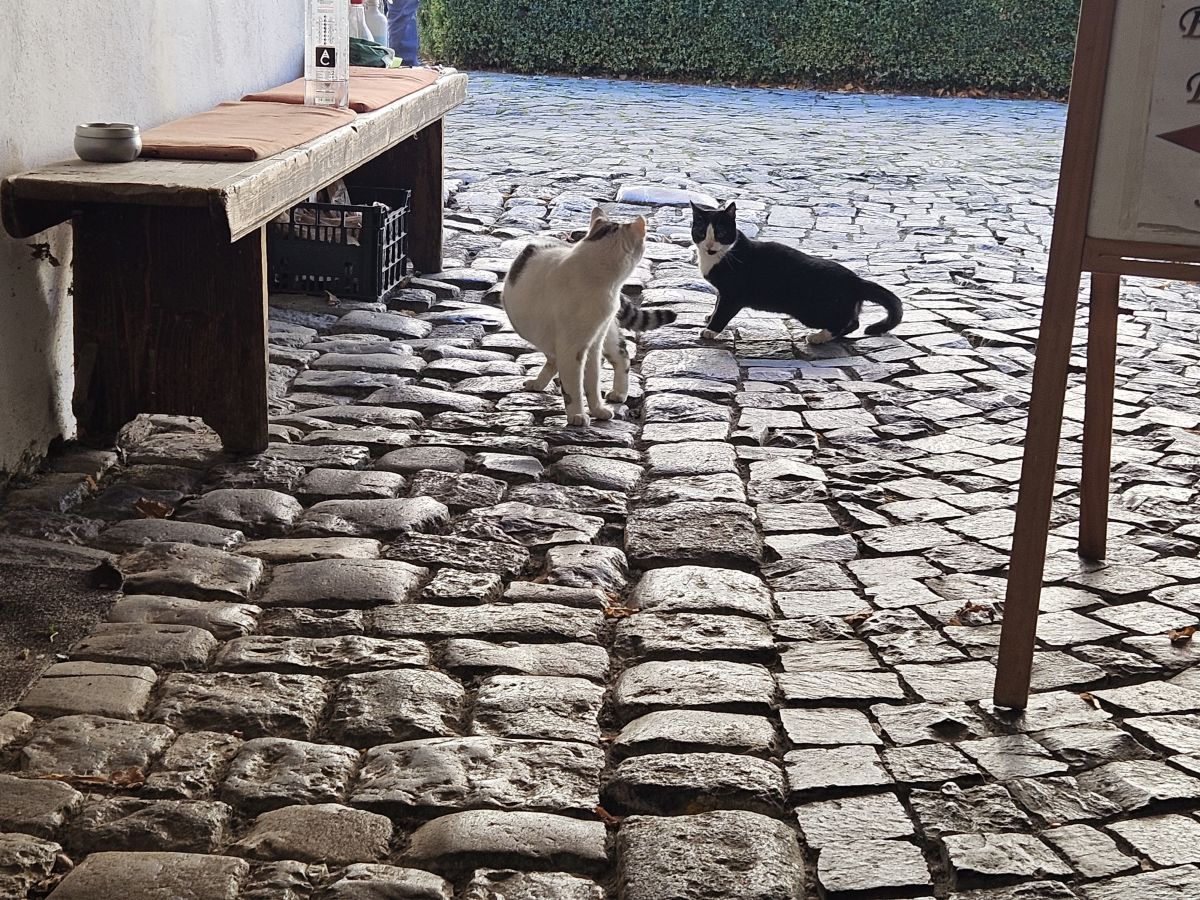
And the story of the bell from Harman is worth telling. The fortress church had five bells: three in the belfry, one in the turret and one in the gate tower. These original bells were removed and melted down during the First World War. The first bell was brought in in 1923, but because it had defects, it was replaced by another in 1925. The troubled bell was buried by the residents of Harman, but it was excavated in 1973 and a monument erected, which can still be seen near the belfry today.
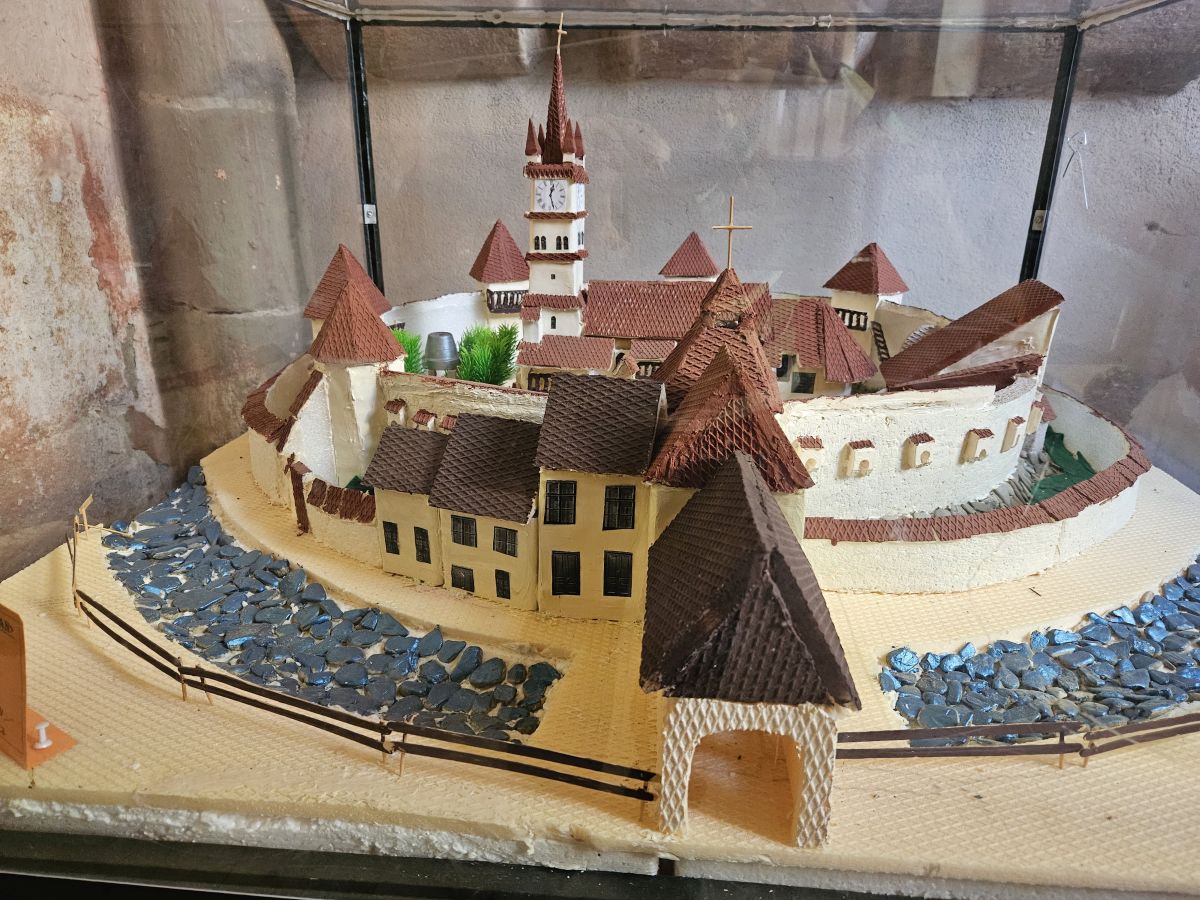
Harman’s coat of arms consists of a sphere on which the letters F and T are “entwined”. Some say that it comes from “Frater Teutonicus” (Teutonic brother), others from “Terra favi” (land of honey). In a small souvenir shop, you can find T-shirts with the image of Brother Teutonic.”
Source: Hot News
Ashley Bailey is a talented author and journalist known for her writing on trending topics. Currently working at 247 news reel, she brings readers fresh perspectives on current issues. With her well-researched and thought-provoking articles, she captures the zeitgeist and stays ahead of the latest trends. Ashley’s writing is a must-read for anyone interested in staying up-to-date with the latest developments.